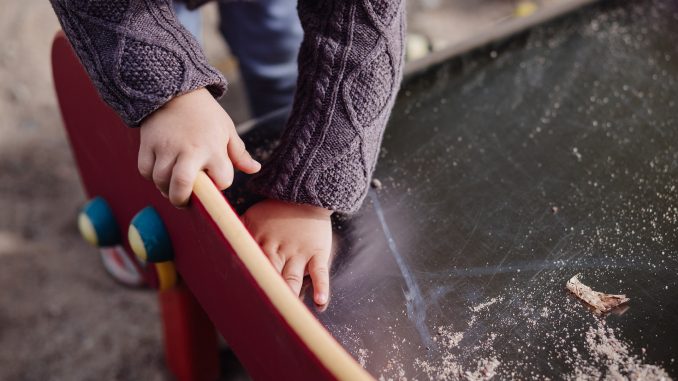
Second hand toys are a popular choice among parents. However, a new study has shown that they could pose a health risk to children. Scientists used 200 different plastic toys from homes, nurseries and charity shops across the UK and found that some of them contained materials that didn’t meet with current safety guidelines.
The study showed that some of the toys analysed contained high levels of toxic elements including barium, lead, bromine, cadmium, chromium and selenium, which can all be toxic to children if they are exposed to them over an extended period of time.
Some of the toys, which included lego, plastic figures and puzzles, also contained concentrations of chemicals that were high enough to fail to meet EU standards. A lot of the toys were small enough to be chewed by young children, which puts them at an even higher risk of adverse health effects.
Dr Andrew Turner, of the University of Plymouth, who conducted the study, noted that several of the toys tested failed to meet European Standards because they contained high levels of bromine, cadmium or lead and while modern toys are covered by legislation, there are no regulations covering the re-sale of second hand toys.
“This is the first systematic investigation of hazardous elements in second-hand plastic toys in the UK. Second hand toys are an attractive option to families because they can be inherited directly from friends or relatives or obtained cheaply and readily from charity stores, flea markets and the internet,” he said.
“Lego bricks from the 70s and 80s are the big fail,” he added. Toys in those days weren’t tested and now we’re using them and handing them down. Consumers should be made more aware of the potential risks associated with small, mouthable and brightly coloured old plastic toys or components. Without that, the attractive cost, convenience and recyclability of previously used toys has the potential to create a legacy of chemical contamination for younger children.”
Prof Andrew Watterson, of the University of Stirling, who was not involved in the research, said: “Cadmium is a carcinogen and any uptake should be avoided if possible because of chronic effects. So these second-hand toys, especially of particular colours may present a risk, but it will be difficult to quantify it.”
He added that a “precautionary approach to their sale would therefore be wise” especially since “the exposed socio-economic population may also be more likely to come into more contact with other environmental sources of these substances like lead and cadmium than children who get ‘new’ toys.”
Mark Gardiner, of the Chartered Trading Standards Institute, said: “Any goods that are bought second-hand are not going to have the same safety assurances. Parents should weigh up these risks, especially when giving their children toys that are very old and could have also mechanically deteriorated over time.” He added: “If parents are concerned then the advice would be to take them away.”


Leave a Reply